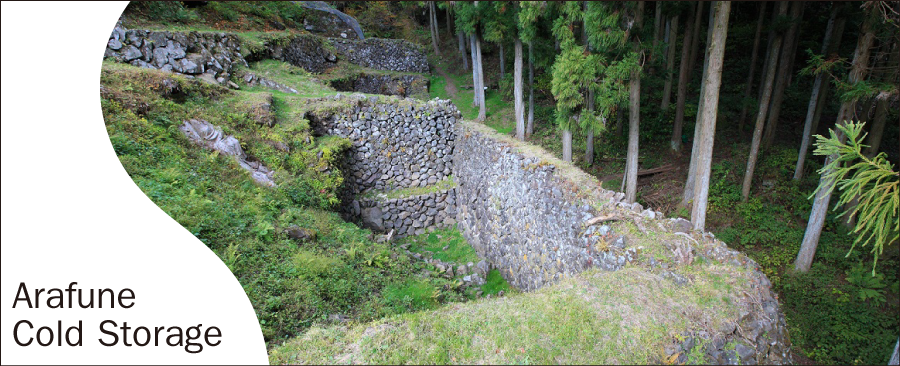Facility information
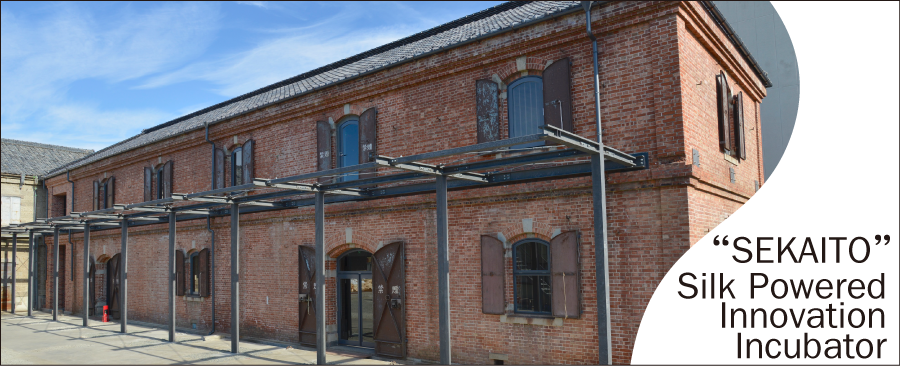
Sekaito Visitor Center is housed in an early twentieth century red-brick warehouse that was once used to dry and store silkworm cocoons until they could be sent to silk mills nearby for processing.
The warehouse was restored by renowned environmental architect Kuma Kengo, who also designed the information galleries. The design transports the visitor back in time, preserving the red-brick walls and other elements of the original structure. Past and present come together in the metal warehouse doors flanking the modern glass entry doors. Wooden flooring and a wood-on-steel staircase connecting the first and second levels were designed to harmonize with the original building. The period beams are reinforced with inconspicuously added steel supports.
At the entrance, a large white floral arrangement greets visitors. Set off by a black wall and down lighting, it is composed of flowerets handcrafted from silkworm cocoons.
The information desk and self-service computer terminals inside the building allow visitors to find information about the other related sites in Gunma Prefecture and how to get there.
The Visitor Center is housed in one of the four warehouses of the historic complex. Open-air markets are occasionally held in the central courtyard, and one of the warehouses has been converted into a market specializing in local goods and boutique shops.
One of these four warehouses was once used for drying silkworm cocoons, a process to kill silkworm pupae before metamorphosis into moth form. This was an essential stage in the silk production process since cocoons from which moths have emerged cannot be reeled into thread.
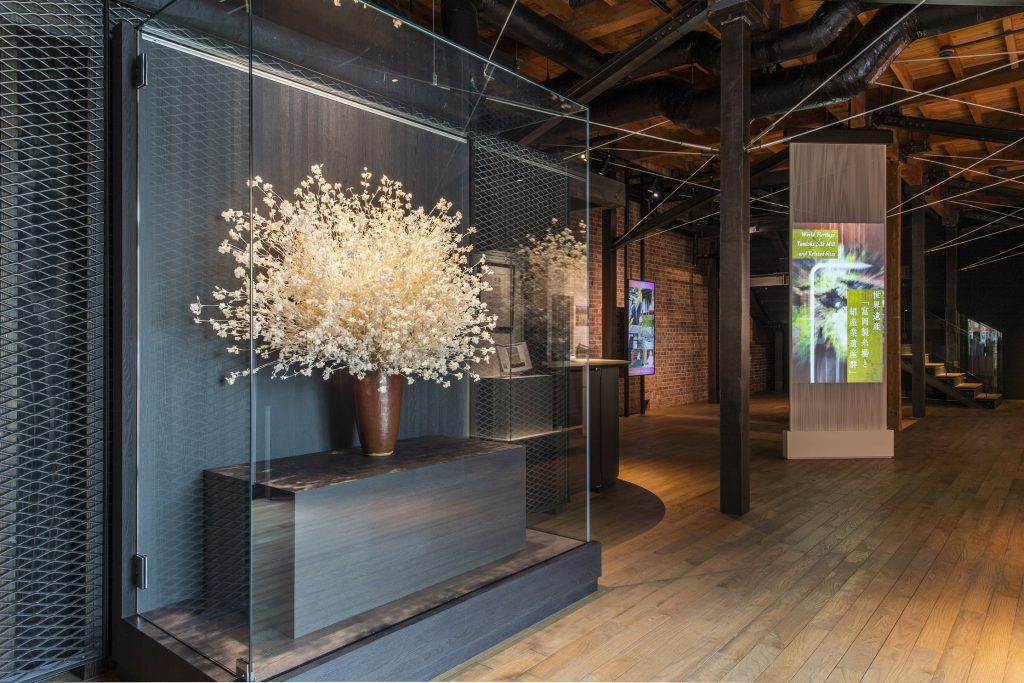
- Hours of Operation : 9:00 a.m.–5:00 p.m
- Charges : Free
- Closed : last Wednesday of month (March through November)
every Wednesday (December through February)
Thursdays when Wednesday is a public holiday
December 29 through 31 - Access :Adjacent to Joshu-Tomioka Station on the Joshin Line
Tomioka Silk Mill: 10-minute walk - The facility is fully accessible to mobility impaired visitors.
The 2014 World Heritage listing “Tomioka Silk Mill and Related Sites” is comprised of four sites: Tomioka Silk Mill, Tajima Yahei Sericulture Farm, Takayama-sha Sericulture School, and Arafune Cold Storage. Each played a significant role in Japan’s industrialization of silk production. Tomioka Silk Mill was Japan’s first mechanized silk reeling mill, Tajima Yahei Sericulture Farm and Takayama-sha Sericulture School improved sericulture methods and silkworm strains, and Arafune Cold Storage made it possible to control when silkworm eggs hatched, thus increasing the number of growing seasons per year.
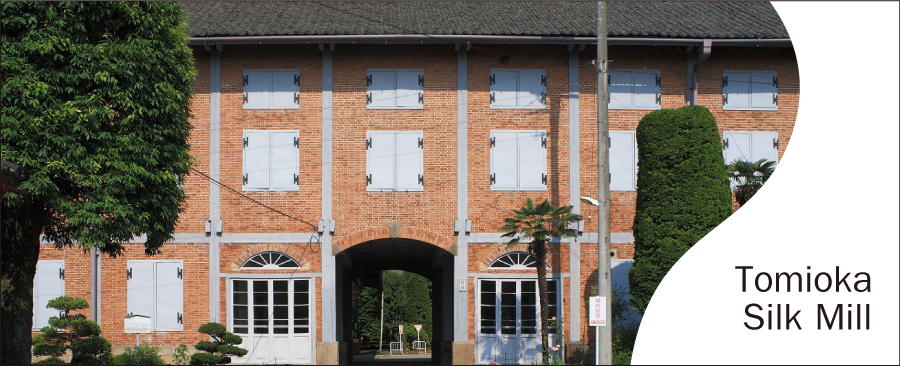
The first full-scale raw silk factory introducing machine-reeling technology from France.
Prototype of modern sericultural farmhouses utilizing a ventilation system on its tiled roof.
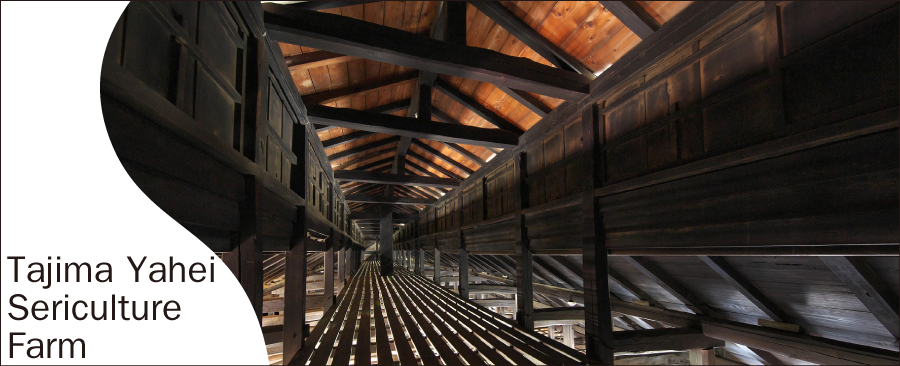
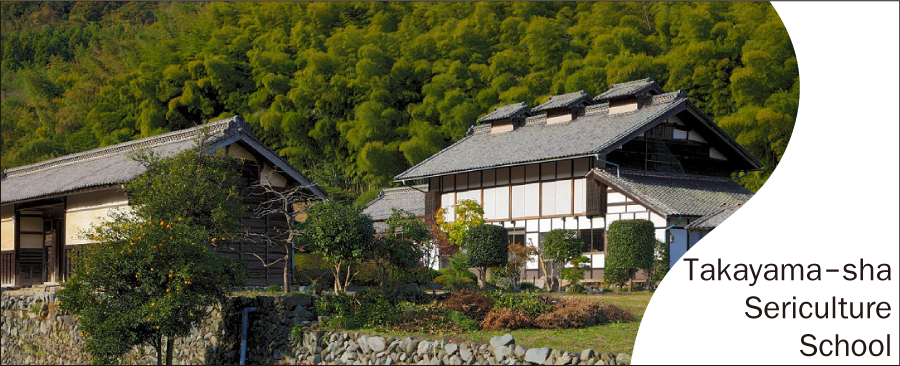
Birthplace of seion-iku, which became standard for this modern Japanese sericultural technology.
The largest scale cold storage facility for silkworm eggs in Japan, making use of natural cold air flow.
